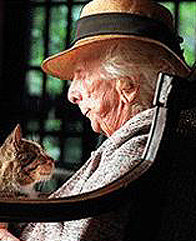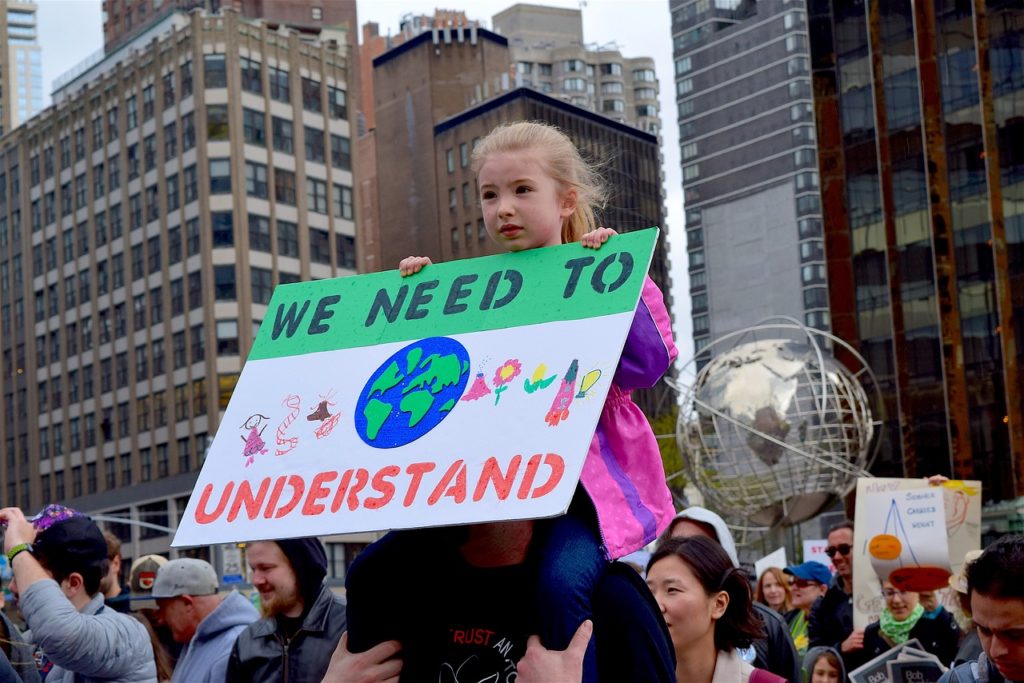When Did the American Environmental Movement Begin?
No question the first Americans were environmentalists. For traditional Native American life, symbiosis with the environment was a way of life. Natural resources were mostly conserved. Limited population allowed nomadic movement when not. When did environmentalism become a movement separate from traditional life?
“When the earth is sick, the animals will begin to disappear. When that happens, The Warriors of the Rainbow will come to save them.” —Chief Seattle((https://indiancountrymedianetwork.com/news/for-earth-day-quotable-native-wisdom-about-the-environment/))
According to the timeline in Friends of the Earth: A History of American Environmentalism with 21 Activities, William Penn required one acre of trees to be preserved for every five acres cleared by settlers in 1690. This excellent book goes on to discuss 10 amazing environmentalists and includes an activity for each.
One simple way to teach children about American environmentalism is through biographical sketches. Reading, writing, and creating projects based on the lives of inspirational conservationists covers many educational standards. A History of American Environmentalism features a variety of men and women. Students can research more.
10 American Environmentalists
- John James Audubon
- Henry David Thoreau
- John Muir
- Cordelia Stanwood
- Gifford Pinchot
- Aldo Leopold
- Marjory Stoneman Douglas
- Margeret “Mardy” Murie
- Rachel Carson
- Roger Tory Peterson
Who Was Marjory Stoneman Douglas?
 Marjory Stoneman Douglas has been in the news a lot recently due to the tragic school shooting in Parkland, Florida. Prior to this appalling incident, knowledge Marjory Stoneman Douglas remained someone obscure. Just who was the woman behind the name of the Parkland high school?
Marjory Stoneman Douglas has been in the news a lot recently due to the tragic school shooting in Parkland, Florida. Prior to this appalling incident, knowledge Marjory Stoneman Douglas remained someone obscure. Just who was the woman behind the name of the Parkland high school?
Marjory Stoneman Douglas lived from 1890-1998. She advocated for the Florida Everglades. At an early age, she was influenced by the “Song of Hiawatha” by Henry W. Longfellow.
Ye who love the haunts of Nature,
Love the sunshine of the meadow,
Love the shadow of the forest,
Love the wind among the branches,
And the rain-shower and the snow-storm,
And the rushing of great rivers
Through their palisades of pine-trees,
And the thunder in the mountains,
Whose innumerable echoes
Flap like eagles in their eyries;–
Listen to these wild traditions,
To this Song of Hiawatha!((http://www.hwlongfellow.org/poems_poem.php?pid=62))
After leaving her troubled husband (he had gone to prison for check forgery), Douglas moved to Florida to live with her dad whom she hadn’t seen since she was six-years-old. At that time, the governor Napoleon Bonaparte Broward wanted to drain the Everglades to create an “Empire of the Everglades” in 1904.((http://dloc.com/BROWA)) Working for her father’s newspaper, Douglas wrote about the need to “protect Florida’s natural resources from the rapid commercial development”.((http://amzn.to/2GewgtX))
The Everglades is a test. If we pass it, we may get to keep the planet.
During World War I, Douglas was the first woman to join the US Naval Reserve. Later, she served in the American Red Cross.((https://www.everglades.org/about_marjory)) When she returned to Florida, she worked to help people living in Miami’s “Colored Town” who were getting sick from a lack of indoor plumbing. She started a no interest loan program for running water and toilets in Colored Town.
In addition to social advocacy, Douglas began studying the Everglades in the 1940s. In 1947, she published The Everglades: River of Grass. This book was fundamental in changing the perspective of Floridians from thinking the Everglades was a worthless swamp to a unique ecosystem deserving protection. In the same year, President Truman created the Everglades National Park.
The miracle of light pours over the green and brown expanse of saw grass and of water, shining and slowly moving, the grass and water that is the meaning and the central fact of the Everglades. It is a river of grass.
In 1969, Douglas founded Friends of the Everglades. She continued to advocate for citizen participation and and the environment until her death. She died at the age of 108!
Don’t think it is enough to attend meetings and sit there like a lump…. It is better to address envelopes than to attend foolish meetings. It is better to study than act too quickly; but it is best to be ready to act intelligently when the appropriate opportunity arises… Speak up. Learn to talk clearly and forcefully in public. Speak simply and not too long at a time, without over-emotion, always from sound preparation and knowledge. Be a nuisance where it counts, but don’t be a bore at any time… Do your part to inform and stimulate the public to join your action…. Be depressed, discouraged and disappointed at failure and the disheartening effects of ignorance, greed, corruption and bad politics — but never give up.
Images: bones64 / Pixabay and By Friends of the Everglades (Friends of the Everglades) [GFDL (http://www.gnu.org/copyleft/fdl.html) or CC-BY-SA-3.0 (http://creativecommons.org/licenses/by-sa/3.0/)], via Wikimedia Commons



Leave a Reply